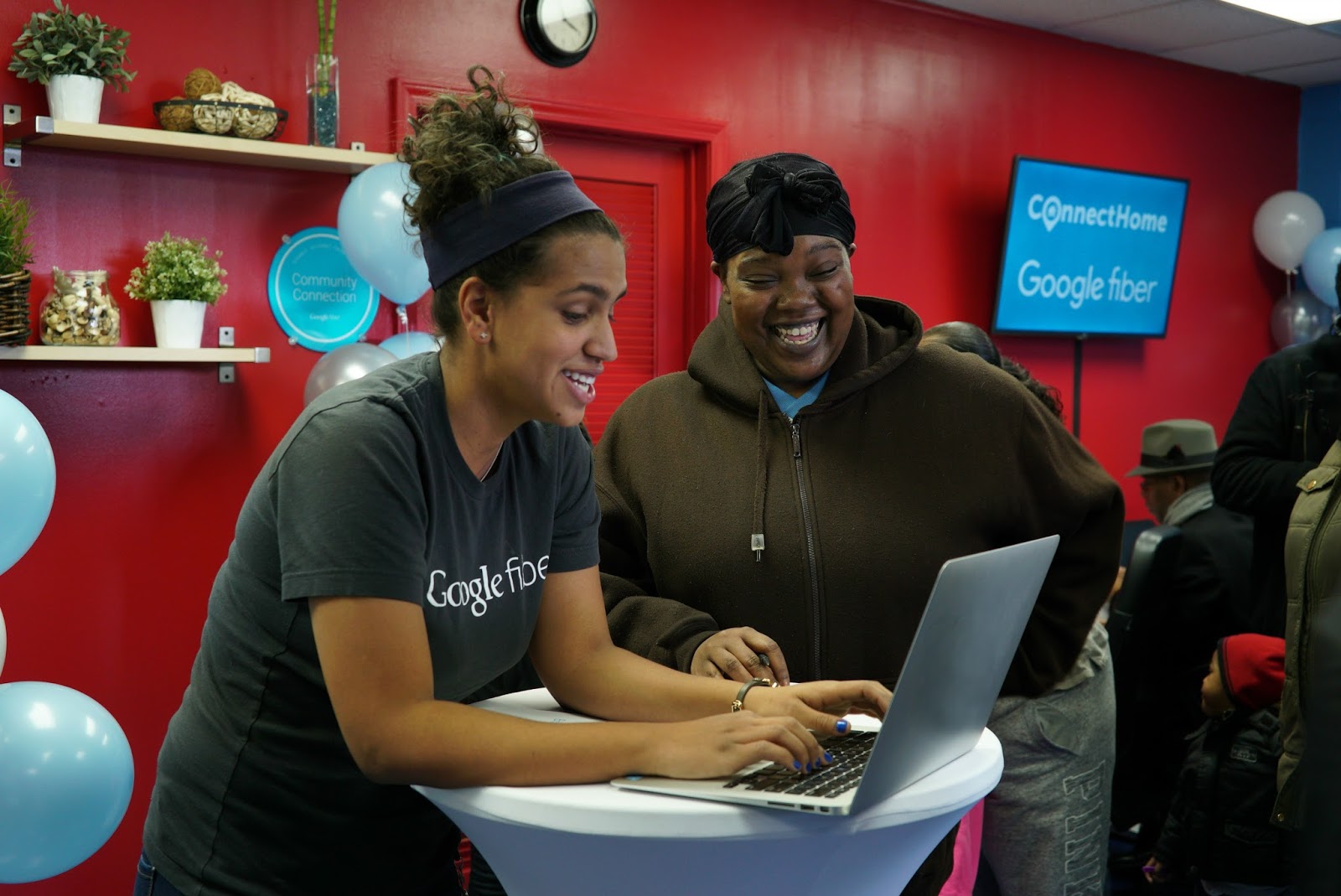Google Fiber is eyeing the idea of providing their high-speed internet service using wireless technology. The move would get them out of the business of jackhammering city streets to lay down fiber-optic cables – a time-consuming aspect of the job they’re probably looking forward to knocking off their list of responsibilities.
Google put in a new filing with the Federal Communications Commission to test wireless-transmission technology in up to 24 locations around the US. This could mean they’ll start launching in more cities faster. After six years of work, Fiber is operating in just six cities today.
Back when Fiber first came into being, they aimed to provide super fast internet to the nation by laying down high-bandwidth fiber-optic cables incrementally across cities. But progress has been slower than the company would have liked and they’re coming to realize just how laborious and expensive it is to lay cables in the ground and string them up on electric poles.
Then the Google’s parent company Alphabet Inc. acquired Webpass Inc. and they found themselves with a potential solution for doing it all faster and cheaper. Webpass Inc. is a point-to-point wireless internet service provider that can mount transmitters to the tops of tall buildings to beam internet access directly to users. Importantly, speeds are comparable to Fiber.

And it’s no wonder they’re looking to shave costs. Google has so far spent hundreds of millions of dollars to lay the groundwork for Fiber. In its most recent earnings, the “Other Bets” Google unit which includes Fiber reported a revenue of $185 million while operating losses sat at $859 million.
Google is already testing wireless-transmission technology using a 3.5-GHz band in Kansas City. But as a result of the tactical shift, other cities that had already been preparing to install Google Fiber are being put on hold. Google’s hometown of Mountain View and neighboring Palo Alto were both scheduled to launch Fiber and have found themselves in limbo for the time being.
“It was a surprise,” Mountain View public works director Mike Fuller told the San Jose Mercury News. “We didn’t expect it because we were working on what was their plan at the time.”
But don’t expect Google Fiber to completely cut the cord. As convenient as the wireless technology is, it does run into the occasional problems of not penetrating all building walls and being more prone to extreme weather conditions. What we’ll likely see in the future are rollouts that make use of both the cable and the airwaves.











